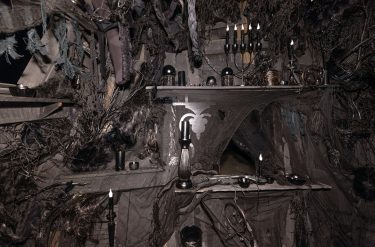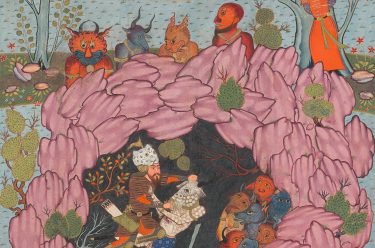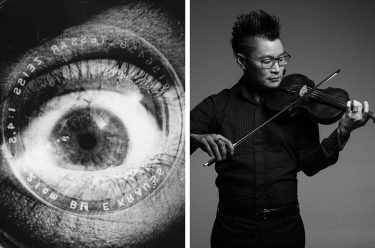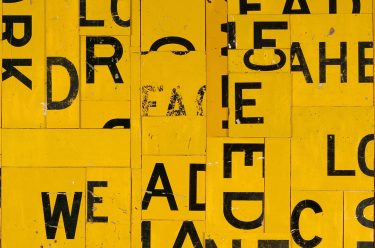Bundaberg Post Office: Then (1891) & Now
Although the artist of A view of the new Post Office & School of Arts, Bourbong St. Bundaberg from Barolin St., Augt. 1st 1891, Queensland 1891 (illustrated) is unknown — like the artists of many images of nineteenth century Queensland — the watercolour quite possibly by an architectural draftsman, is significant in showcasing the growing…
Continue reading » “Bundaberg Post Office: Then (1891) & Now”





